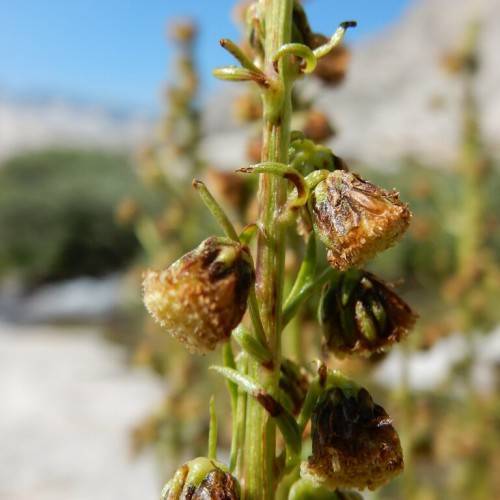
Alpine Wormwood
Artemisia norvegica
Watering:
Minimal
Hardiness Zone:
Sun:
full sun,part shade
Leaf:
Yes
Growth Rate:
Low
Poisonous To Pets:
Yes
Drought Tolerant:
Yes
Invasive:
Yes
Care Level:
Medium
watering
Western Mugwort enjoys moist soil and does best in sunny, well-drained places, such as regularly-mown lawns. It should be watered a few times a week during its active growing season, usually in the spring and summer. During its dormant period in the winter, it should be watered much less often, once a week or less. While Mugwort prefers moist soil, it is vulnerable to root rot if over-watered. Therefore, it is important to allow the soil to dry out between watering sessions.
sunlight
Western Mugwort (Artemisia ludoviciana subsp. incompta) prefers full sun or partial shade and approximately 6 to 8 hours of direct sunlight daily. It grows best in mild climates and will survive in some areas in USDA Plant Hardiness Zone 5, although it thrives in Zones 6-8. When actively growing, this plant species should receive full sun between the hours of 10:00 a.m. and 4:00 p.m. (local time). In the hottest areas, some afternoon shade may be necessary to prevent wilting or leaf scorch.
pruning
When pruning Western Mugwort, it is best to start in early spring when new growth is just starting to emerge. Prune back the plant no more than 1-third of its total height. Doing this helps keep the plant from becoming too lanky and also encourages new growth. Pruning throughout the growing season can also help maintain shape and keep the plant from becoming overgrown. Doing light pruning throughout the season to remove any dead or damaged stems or branches and to keep the plant looking its best. Additionally, make sure to always use sterile pruning tools to prevent the spread of plant diseases.
